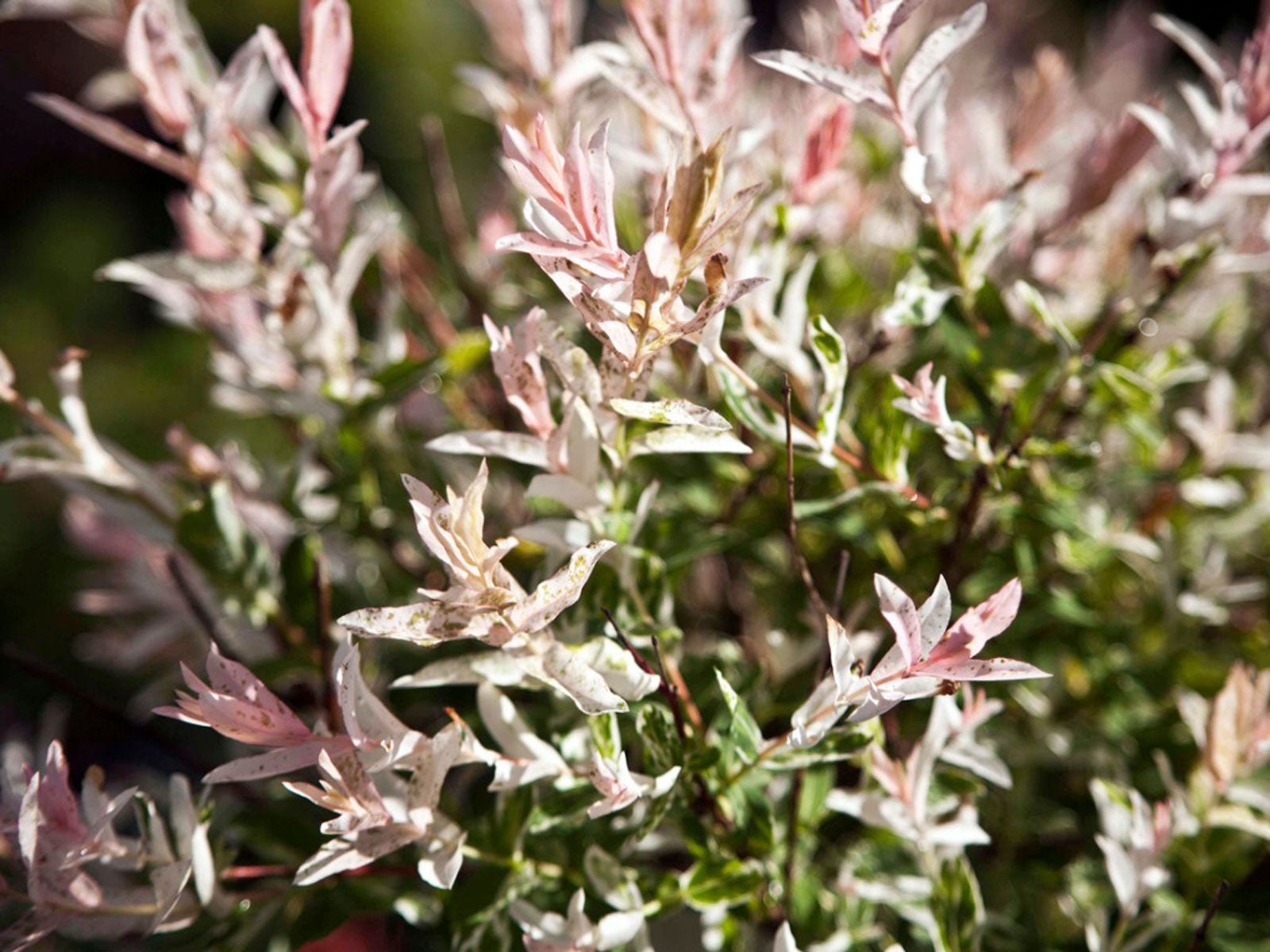What’s Wrong With My Dappled Willow: Common Dappled Willow Problems


Dappled willow (Salix integra ‘Hakuro-nishiki’) is one of the smaller members of the willow family. It offers mottled leaves in a mix of white, pink, and light green as well as red stems in winter.
Although the dappled willow grows fast and is an undemanding small tree, you may occasionally see problems with dappled willows. “What’s wrong with my dappled willow?”, you may question. Read on for an overview of dappled willow issues and tips for troubleshooting dappled willow.
Troubleshooting Dappled Willow
Willows are shrubs and trees known for their catkin-type seeds. These trees are susceptible to a variety of diseases and pest problems.
Disease problems include:
Various insects attack dappled willows such as:
If you have problems with dappled willow trees, you’ll need to figure out what’s wrong before you can try to fix it. Troubleshooting dappled willow problems should start with consideration of your tree’s cultural care.
Dappled willows have a few specific care requirements that must be met if the tree is to stay healthy. These include having moist, fertile, and well-draining soil. Even so, you need to provide this willow with a balanced fertilizer every year.
Sign up for the Gardening Know How newsletter today and receive a free copy of our e-book "How to Grow Delicious Tomatoes".
If you have not sited your tree or provided care appropriately, you can expect willow issues. In addition, prolonged heat, poor drainage, prolonged lack of water, and heavy, compacted clay soil can cause serious problems.
Dappled Willow Issues
To continue troubleshooting your dappled willow problems, become familiar with the damage done by diseases and pests. For example, anthracnose diseases come from a fungus that causes a willow tree to lose its leaves. This usually happens at bud break after cool, wet periods.
If you notice powdery fungus on the stems and foliage of your tree, you may have rust. If you see a sticky sap on foliage, look for aphids - round, leaf-sucking insects. Is someone chomping on the leaves? That’s the damage done by caterpillars or sawflies. If the leaves have been stripped of tissue leaving only the leaf veins, you may be dealing with leaf beetles.

Teo Spengler is a master gardener and a docent at the San Francisco Botanical Garden, where she hosts public tours. She has studied horticulture and written about nature, trees, plants, and gardening for more than two decades, following a career as an attorney and legal writer. Her extended family includes some 30 houseplants and hundreds of outdoor plants, including 250 trees, which are her main passion. Spengler currently splits her life between San Francisco and the French Basque Country, though she was raised in Alaska, giving her experience of gardening in a range of climates.